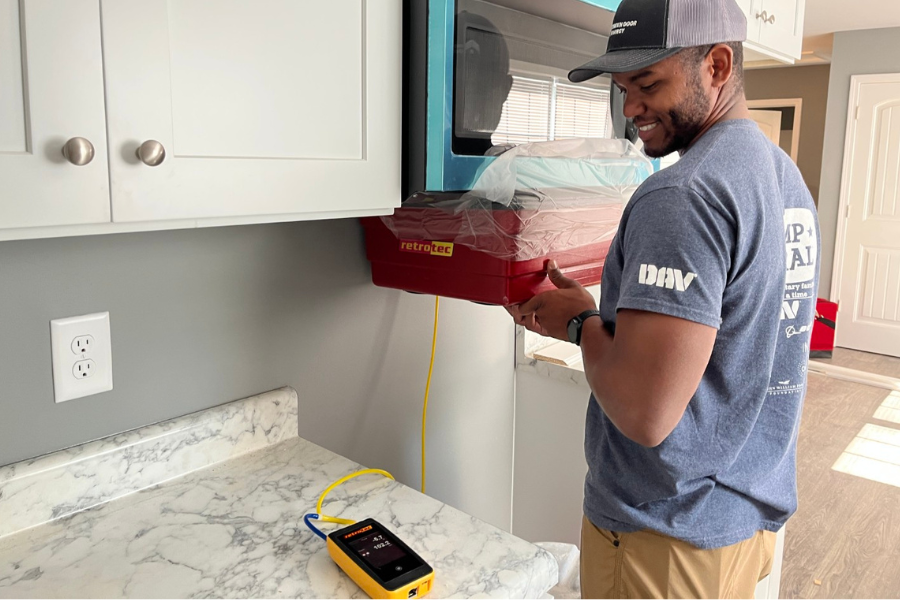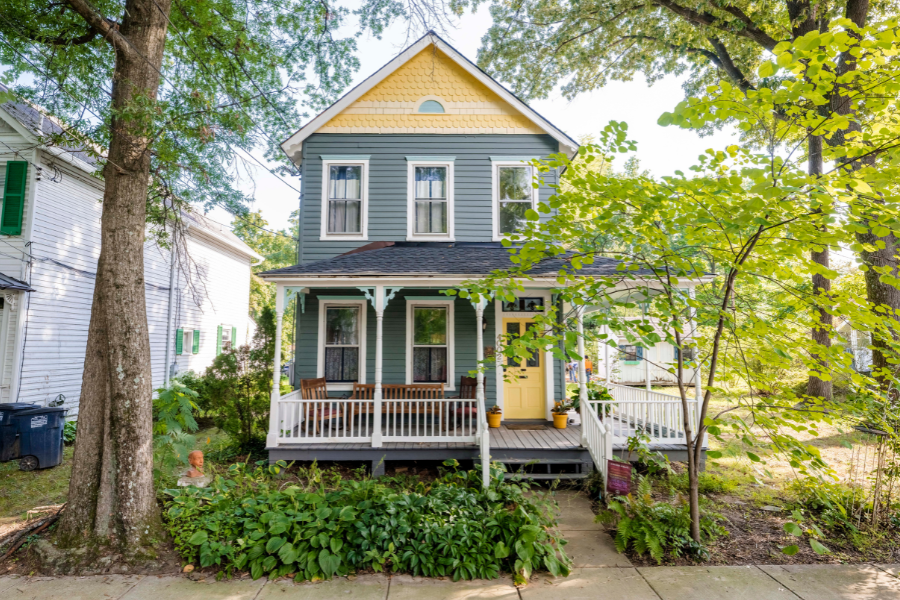Apr 5, 2024
Aging in Place and the Importance of the Built Environment
The connection between the indoor environment and health risk, although well described in academic and industrial circles, hasn’t been met with the same urgency in the public eye.
By: Joey Engelmeier
As of 2022, 77% of older adults wish to stay in their own homes as they grow older, otherwise known as “aging in place.” Despite the broad appeal of aging in place, there are a number of hurdles to staying independent into old age. In the United States, only 1 in 10 of homes nationally are considered “aging-ready,” meaning that they are well suited to the life changes necessary for seniors. Depending on the region of the country, this average can fall as low as 1 in 20! Maintaining physical and mental health and modifying the structures within a home to improve accessibility are well-understood components of healthy aging in place. While these areas of health and healthcare are critical, the topic of environmental health, especially of the indoor environment, is commonly overlooked due to the inherent complexities that come with it.
It is already well understood that elderly populations are uniquely vulnerable to environmental hazards, especially through challenges to their mobility and breathing. This connection between the indoor environment and health risk, although well described in academic and industrial circles, hasn’t been met with the same urgency in the public eye.

Recent reports from the US Census Bureau claim that the 65+ population in the United States, currently about 56 million or 16.8% of the population, is expected to grow to 81 million by 2040. With such a large increase, especially in a short period of time, it is imperative to find cost-effective ways of preventing health issues through improving the built environment.
Aging in place is both a desirable and a practical choice but requires serious consideration on both the part of the homeowner and within industries surrounding elder care. In the University of Pittsburgh Healthy Home Lab, an interdisciplinary team of professionals, including rehabilitation engineers, environmental health experts, and clinicians are working to find solutions for healthy aging in place.
Supported by a grant from the Department of Housing and Urban Development (HUD), the HHL team is working on solutions to integrate environmental hazard monitoring into health program assessments for older adults. Detecting environmental hazards, such poor indoor air quality, radon and mold – is important in ensuring older adults remain safe and independent when aging in place.
For more information on how advancements are being made to help adults age in place, feel free to join me for an informational session at the NHPC in Minneapolis or visit our website at healthyhomelaboratory.pitt.edu.
Joey Engelmeier and Meredith Hughes will be speaking at BPA’s upcoming National Home Performance Conference & Trade Show taking place in Minneapolis, Minnesota from April 8-11. Their session, Developing an Environmental Hazards Assessment Module for Home and Community Based Services, will take place Tuesday, April 9 from 2:30 to 3:30 pm.





